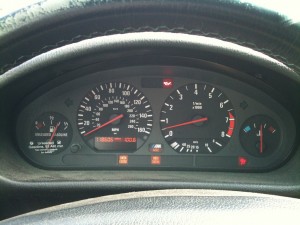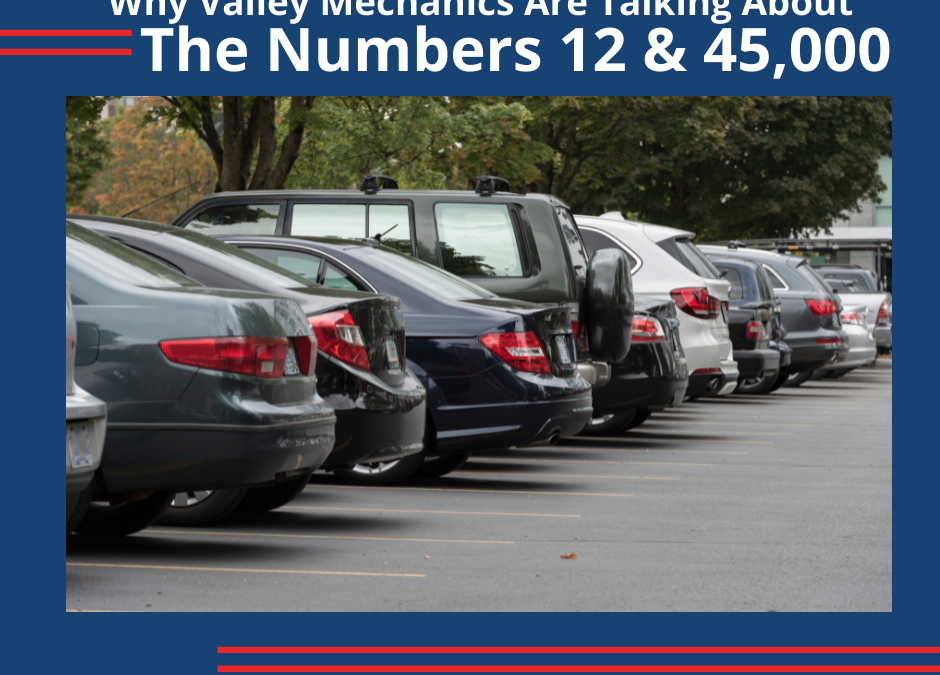 We all know the feeling of starting your vehicle only to be greeted with the check engine light staring us in the face. That little light on your dashboard can create an immediate sense of stress. What is wrong with your car? How much is it going to cost? Is it a major repair? Will the car breakdown? If it seems fine, and runs fine, it’ll probably turn back off, right?! It’s hard not to worry – but knowing the reason for this diagnostic tool is important.
We all know the feeling of starting your vehicle only to be greeted with the check engine light staring us in the face. That little light on your dashboard can create an immediate sense of stress. What is wrong with your car? How much is it going to cost? Is it a major repair? Will the car breakdown? If it seems fine, and runs fine, it’ll probably turn back off, right?! It’s hard not to worry – but knowing the reason for this diagnostic tool is important.
The OBD-II
If you’ve dealt with an illuminated check engine light before, you may have heard the term “on-board diagnostics” or OBD-II. Today’s cars can tell you all about how they’re running, thanks to OBD-II. It exists due to a mandate by the California Air Resources Board that required all cars from 1991 onward to be able to monitor emissions-related systems. The second generation (OBD-II) was implemented nationwide five years later and established a standard connector and communication protocol for all automakers. That is what we have today. The port is located in the driver’s side foot well, under the dash.
Systems Run by Computers
The fuel injection, ignition system and automatic transmission on most modern fuel-injected cars and trucks are run by one or more computers. These monitor sensors that collect data from the engine and other systems all over the car. Commands are sent to the systems and sensors monitoring the work being done within these systems. It contains a lot of checks and balances as well as self-corrections in many newer vehicles.
Beyond just diagnosing problems with your vehicle, the OBD-II can also report data such as vehicle speed, throttle position, and brake position. This information can come in handy for insurance companies, managers of fleet companies and even parents who want to monitor their children’s driving activity. You can purchase your own OBD-II tool or have an auto repair shop check the code for you. Knowing the code doesn’t always diagnose the actual problem, though.
The Many Codes
According to automotive experts, there are more than 3000 generic fault codes, in addition to manufacturer-specific codes. Not all of them give a clear solution and before you clear the code, you need to have a trusted repair shop check things out for you.
If you’re relatively new to doing your own work or if you have no idea what most of the things you’ve read in this blog mean, you need to seek assistance from someone who is trained to work on your vehicle – like a NARPRO recommended shop. Giving the mechanic the code can give them an extra clue to diagnose the problem properly.
Don’t wait – your check engine light is trying to tell you something. Contact one of our repair shops and you’ll get the service and care you and your vehicle need and deserve.






